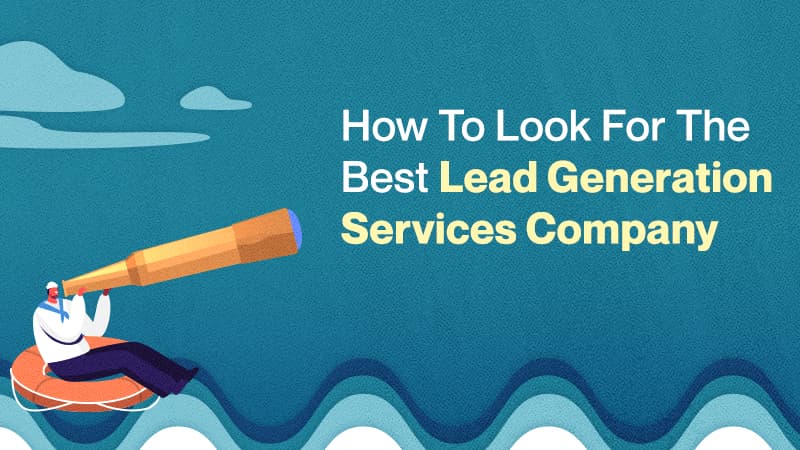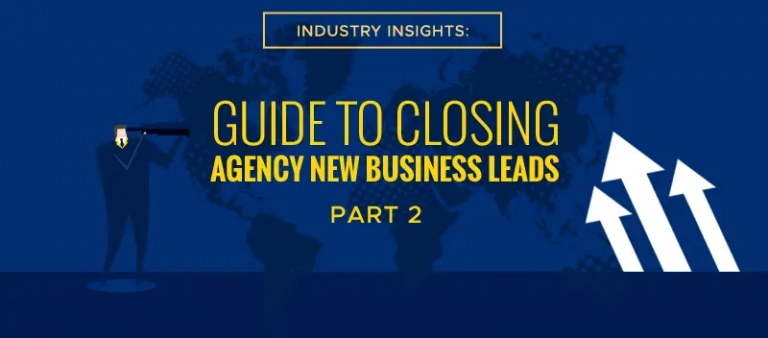Getting people to visit your website is the easy part; getting them to convert is a whole other ball game.
However, there are different ways to make the process scientific and systematic. In this way, you’ve got your website steadily bringing in leads for your organization.
In this article, we take a look at how you can analyze new and repeat traffic and turn them into customers using tools, tactics, and analytics.
Getting The Right Tools
The first step to identifying and qualifying your website visitors is getting the right tools to make sure you’re reading the data right.
These tools are helpful because they tell you exactly who’s on your site, what companies they’re from, and even pull out crucial contact information so that you don’t miss out if they decide not to fill out your contact form.
Several popular options are available for you to use.
Leadfeeder is an excellent example of one of these tools, and they even offer a free version that you can use for a week. It comes with custom lead lists that do segmentation for you, visit details, and even CRM integration.
Another great tool is Lead Forensics, which even comes with lead scoring and digital intelligence capabilities to analyze your prospects.
HubSpot has a powerful tool called Prospects that can track your warmest leads and also send you and your team email digests to alert you of specific prospects. You can also take advantage of the built-in automation tools, and it’s all-in-one integration with other HubSpot tools.

Once you get the right tool that integrates well with the other apps that you have, you can start building out your strategy.
Make Sure Your Page Converts Well
You need to have enough elements on the page itself that can ensure that customers who are just lurking around have the option to go through with a purchase or a meeting with you.
Having contact forms and meeting schedulers on the site will help set appointments and pre-qualify leads, chatbots can boost engagement, and making sure that you have pages for different types of customers will help seal the deal.
You don’t need all of these to be present on your site, but they can help push for better conversions. Also, these are leads that you don’t have to go after since they go straight to your organization.
Related: Essential Components of a Lead-generating Website
Picking Out Your Ideal Customers
You’ll probably want to sell everyone, but there are ideal customers that you are in the market for. Selling to your ideal customers should be your priority, mainly because they have a higher propensity to buy from you.
An ideal customer profile is someone that you can pre-qualify to have passed the simple NOSO framework that pertains to:
- Need
- Opportunity
- Stakeholders
- Outcome
Before you even start using the tool, you’re supposed to have already identified your ideal customer personas.
However, the tool will also point you in the direction of new markets that might be interested in the products or services that you have to offer. Make sure that you continuously revisit your strategy to make sure you’re not missing out on these outliers.
Digging Deeper
A lot of these applications will probably give you contact information about the prospects that are on your site, but they won’t be able to pinpoint who it is that you have to contact for you to be able to make sales.
Once you get a list of your ideal prospects or organizations from your tool, it’s time to dig deeper and find out more about them.
You can do this by looking for them on other professional platforms like LinkedIn. Using LinkedIn, you can also find out which person you should be contacting in the company.
Just because an employee from a particular company visited your website doesn’t mean that they’re the person to contact. You’re looking at prospecting DMUs (decision-making units) or technical and purchasing departments to review your products.
The other great thing about LinkedIn is that it holds a wealth of information about prospects that you want to contact. This allows you to create personalized messages that resonate and read better.
Reaching Out To Them
Communicating with your prospects requires that you create unique, customized messages that appeal to them.
Take the lessons of ABM (account-based marketing) where prospects are targeted using messages that are highly relevant to their industries and situations.
When reaching out to your clients, make sure that you have a robust CRM platform so that you can keep track of where they are in the pipeline. If your tool has CRM integration, like HubSpot’s Prospects, you should be able to integrate everything.
However, don’t send them a sales email just yet.
You need to provide them with value first.
We strongly advise that you skip out on the hard sell and provide them with something of value, such as a resource that has once doubled as a lead magnet. In this way, you don’t come off as a pushy salesman but rather a company that wants to help them with their problems.
Related: 4 Proven ABM Techniques to Maximize Lead Conversion
Automate The Process
Sending them an initial message isn’t enough, you should aim to keep them in the pipeline by nurturing them through the process. You should make use of automation, so you don’t miss out on any leads and save yourself time and resources in the process.
Sending them follow-up messages and trying to automate setting an appointment with them should be prioritized.
Related:
- 10 Marketing Automation Fails and How to Avoid Them (Part 1)
- 10 Marketing Automation Fails and How to Avoid Them (Part 2)
Retargeting Them On Other Platforms
Don’t just stick with sending them emails, and there are a lot of other ways that you can reach them. You can call them and start a sales discovery call, message and connect with them on LinkedIn, engage with them on Twitter, or even retarget them on Facebook.
Using a custom audience with their emails on Facebook to retarget with ads can subtly drive your marketing message as long as you follow our prior advice not to make it overly salesy.
Analyze Your Data Well
Always make sure that you have a look at the insights that your site is generating. You’ll find different ways to improve your conversion rates and even find out what types of customers you’re doing well with.
This is one of the most critical steps that you can’t miss out on.




